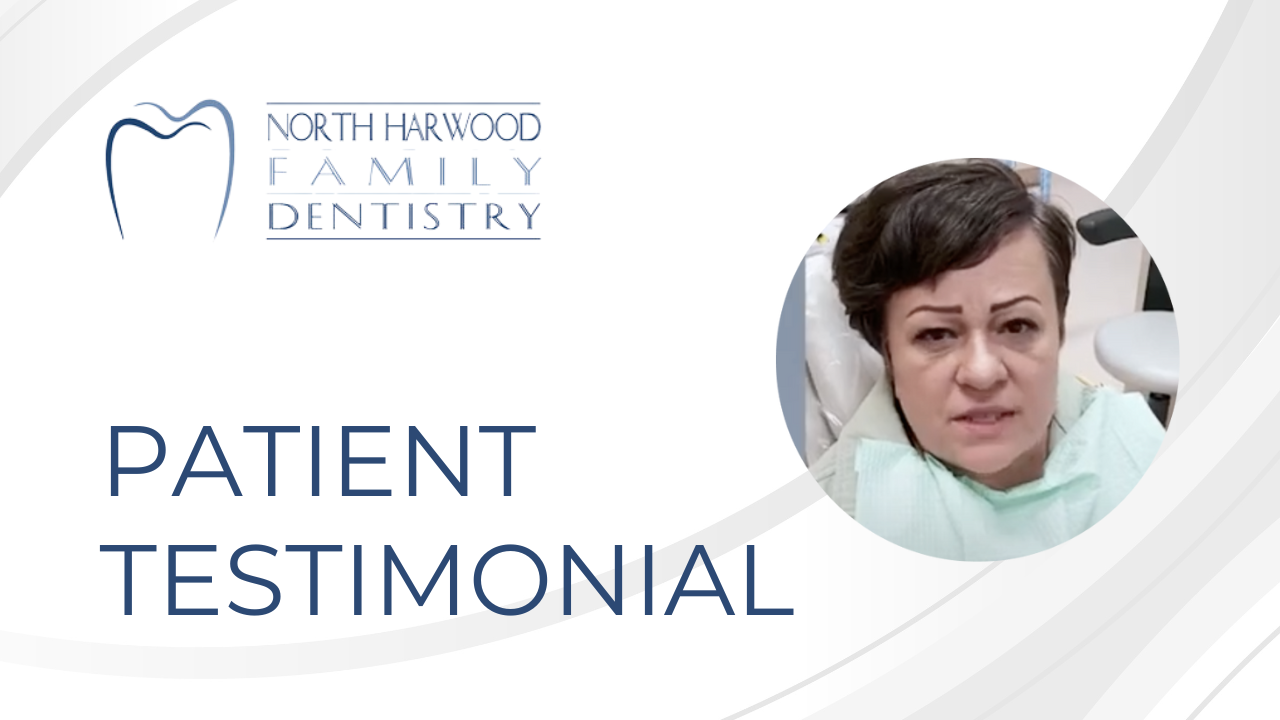
Signs And Symptoms Of Oral Cancer
Oral cancer manifests through atypical cell growth in areas such as the mouth, lips, tongue, or throat. Early diagnosis greatly improves the chances of effective treatment.
Although people over 45 are at heightened risk, individuals of any age should consider oral cancer screenings if they notice any of the following signs:
- Variations in mouth or lip colour, such as white or dark red patches.
- Unusual lumps or changes in tissue texture.
- Persistent canker sores, numb areas, or unceasing bleeding.
- Altered tongue sensations, changes in taste, or difficulties in swallowing.
Factors Increasing Risk of Oral Cancer
Several lifestyle choices and conditions are linked to a higher likelihood of developing oral cancer. These include:
- Using tobacco products like cigarettes, cigars, or chewing tobacco.
- Consuming alcohol in heavy or moderate amounts, particularly when combined with tobacco use.
- Potential infection of the mouth with human papillomavirus (HPV).
- Extensive sun exposure.
- Inadequate diet and nutritional habits.
- A family history of oral cancer.
It’s worth noting that oral cancer occurs more frequently in men than in women, and a history of leukoplakia (a white, thickened patch in the mouth) can also be a risk factor.
Prevention, Detection And Treatment Of Oral Cancer
Treatment options will be customized according to each patient’s specific circumstances, factoring in the severity, type, and location of the potential cancer.
Identifying Early Cancer Indicators
The primary objective of an oral cancer screening is to catch cancerous or precancerous conditions in your mouth at an early stage. During this check-up, your dentist will examine the interior of your mouth and underneath your tongue for any red or white patches and unusual sores. The dentist will also palpate the oral tissues to detect any abnormalities or lumps, and may even examine the exterior of your throat and neck for additional lumps.
Further Diagnostic Measures and Treatment Approaches
If the screening reveals any signs of cancer, you might be advised to undergo further testing, like a biopsy—where a small section of the questionable tissue is excised for laboratory analysis—or imaging tests such as X-rays, ultrasounds, CT scans, or MRIs. Surgical removal, chemotherapy, or radiation therapy may be employed to eradicate confirmed tumours.
Oral Cancer Prevention Guidelines
There are proactive measures you can adopt to lower your risk of developing oral cancer. Frequent dental check-ups, abstaining from tobacco usage, responsible alcohol consumption, and mindful exposure to direct sunlight with the use of UV-protective lip balms can all help. Maintaining a nutritious diet rich in fruits and vegetables is also advisable. Additionally, as part of your regular oral hygiene routine like brushing and flossing, inspect your mouth for any anomalies so you can promptly report concerns to your dentist.
Contact us today
to schedule an initial consultation & exam.
Your consultation will include an examination of everything from your teeth, gums and soft tissues to the shape and condition of your bite. Generally, we want to see how your whole mouth looks and functions. Before we plan your treatment we want to know everything about the health and aesthetic of your smile, and, most importantly, what you want to achieve so we can help you get there.

Winner of the Three Best Rated Award
Dr. Asad Hasan is the winner of the 3 Best Rated award for Best Dentists in Ajax.
Frequently Asked Questions
Oral cancer refers to cancerous growths in the mouth, including the lips, tongue, cheeks, floor of the mouth, hard and soft palate, sinuses, and throat.
Symptoms include but are not limited to sores, lumps, or rough areas in the mouth, difficulty in swallowing, changes in voice, and unexplained weight loss.
The most common types are squamous cell carcinomas, but other types include adenocarcinomas, lymphomas, and melanomas.
A dental professional will examine the inside of your mouth and may palpate the jaw and neck. Additional tests like biopsies or imaging may be necessary if abnormalities are detected.
The frequency can vary based on risk factors, but an annual screening is often recommended for adults, particularly those over the age of 45.
Coverage varies by plan, so you’ll need to check with your specific provider.
Clean your hands using warm water and soap. Standing before your bathroom mirror, carefully inspect the roof of your mouth, lips, tongue, and gums. To view behind your lips, lift your upper lip and pull down your lower lip. Utilize a piece of gauze or a cotton pad for a better grip while examining the sides and underside of your tongue. Make sure to scrutinize your gums and use your fingers to palpate the interior of your mouth. Be vigilant for alterations in colour, the presence of lumps or bumps, any unusual textures, or areas of tenderness. If any sores persist without healing for more than two weeks, inform your dentist.









